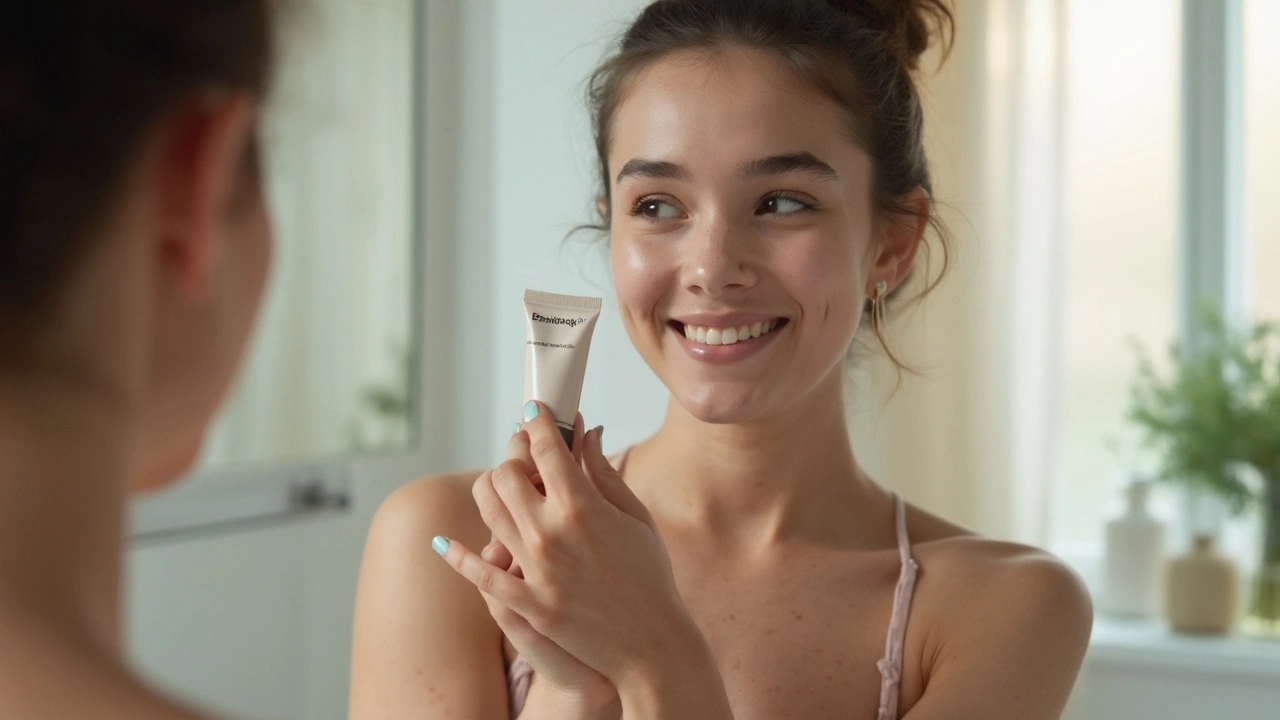Monobenzone: What It Does, Risks, and Safe Use
Monobenzone is a topical agent used to depigment skin permanently for people with widespread vitiligo. It doesn't return color once applied; that permanence is why many patients choose it only after other treatments fail. If you're thinking about monobenzone, you need clear facts: how it works, possible side effects, and legal or sourcing issues when buying online.
How it works is straightforward: monobenzone destroys melanocytes, the cells that make pigment. That stops melanin production and gradually lightens the treated skin. Effects usually appear over weeks to months and often continue after treatment stops. Because the change can be permanent, doctors recommend trying less destructive options first — like topical steroids, calcineurin inhibitors, or narrowband UVB therapy.
Safety and side effects
Common side effects are skin irritation, redness, and itching at the application site. More serious concerns include allergic reactions and uneven depigmentation that can make the skin look patchy. Monobenzone can increase sun sensitivity everywhere, not just where you applied it, so strict sun protection is essential. Rarely, patients report repigmentation in some areas or spread of vitiligo to untreated skin.
Before starting, get a dermatology consult. A dermatologist can confirm vitiligo, rule out other causes, and discuss realistic goals. They'll also advise test patches to check for allergy and set a treatment plan. That reduces surprises and makes permanent depigmentation less likely to go wrong.
Buying, legal issues, and practical tips
Monobenzone isn't widely available in retail stores and often requires a prescription or compounding by a pharmacist. If you see aggressive online sellers promising fast results, be cautious. Counterfeit or mixed-strength products can cause harm. Look for licensed pharmacies, pharmacist contact details, and clear product information. Keep records of batch numbers and expiration dates.
Practical tips: start with a small test area, use sunblock daily with SPF 50 or higher, and avoid sunbeds. Moisturize treated areas to reduce irritation. Expect gradual change — patience helps. If you notice severe redness, blistering, fever, or signs of systemic allergy, stop use and seek medical help immediately.
For those considering repigmentation later, know that options are limited. Some surgical grafting techniques or targeted light therapies may help, but results vary and aren’t guaranteed. That’s why the decision to use monobenzone should come after careful discussion and clear informed consent.
If you need more practical guides on where to buy safely or how to manage side effects, browse our vetted articles and reviews of online pharmacies. We focus on reliable, research-based info so you can make safer choices about treatments that change your skin for good.
How to apply monobenzone safely: use a cotton swab and apply a thin layer only to the affected patches. Avoid spreading to surrounding healthy skin and wash hands after each application. Follow your doctor's schedule—usually once or twice daily. Store the cream at room temperature, out of reach of children. Talk to your doctor if you're pregnant, breastfeeding, or planning surgery. Keep follow-up appointments to track results and side effects.

